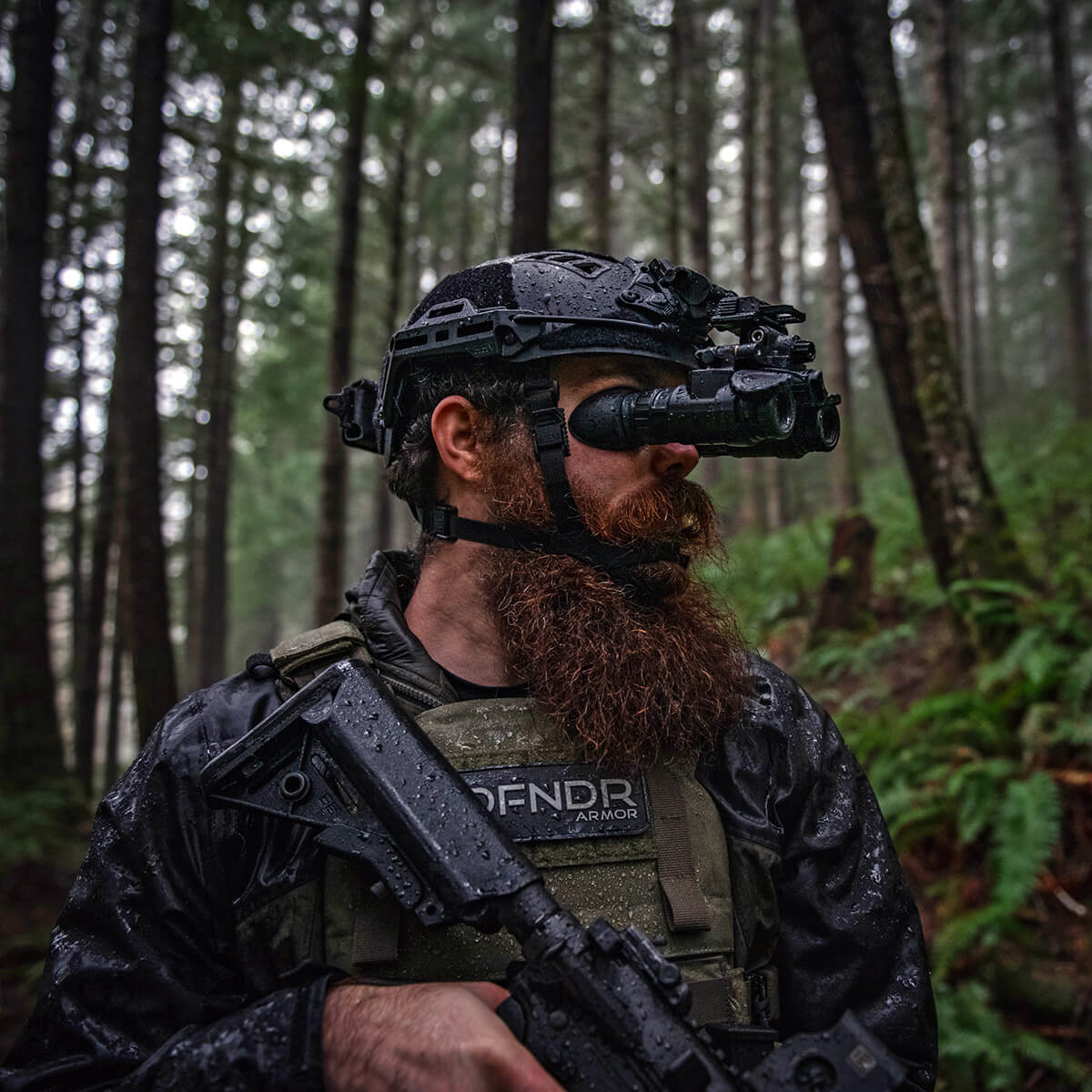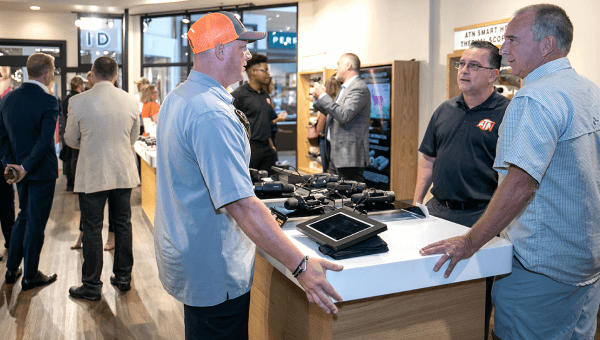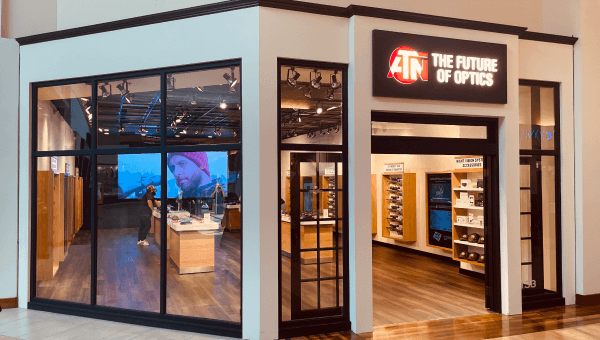DTNVG Night Vision: What Does DTNVG Stand For?

Everybody who gets into the world of optics and thermal imaging likely has to stop and ask "what does DTNVG stand for?" when they first encounter the acronym. It isn't exactly self-explanatory, and even after learning what it stands for, you still might have some questions. We've set out to answer them all here. So, whether you've been wondering what DTNVG stands for, how they work, or what they're best used for, read on to find out.
What Does DTNVG Stand For?
DTNVG stands for Dual Tube Night Vision Goggles. "Dual tube" is really just a fancy way of saying "binoculars," as each eye has a separate lens to look through. However, DTNVG devices are not meant to be held in the hand like binoculars are, which is why they are classified as goggles. Instead, they are mounted to a helmet and can be flipped up when they're not in use. This gives a DTVNG a very militaristic look, but they are not solely used for military purposes. If you hunt at night a lot, you'll likely want to look for a new or used DTNVG for sale because they provide great use by allowing you to always see your surroundings clearly and hands-free.
If you're looking for a DTNVG for sale, look no further than our model, the ATN PS31. It's compact, lightweight, and can be customized with various US made Gen 3 image intensifier tubes. We designed it with the input of operators in mind to make it as user-friendly and practical as possible. This results in a lightweight device with high system resolution, a 50 deg FOV for maximum visibility, and an improved center of gravity. The independently pivoting tube housings give users the ability to configure them as they please, even in a monocular configuration, and are by far one of the most useful features available in our models. These pivoting tube housings also allow for the device to "flatten" against the helmet when not in use.
How a DTNVG Works
Now that it's clear what DTNVG stands for and why, you might be wondering how these devices work. It's pretty simple, really. They use the same night vision technology that you'd find in a night vision scope or binoculars - small amounts of infrared light are reflected off subjects in the field of view, are identified, and then electronically amplified to produce that glowing green image we are all familiar with*.
However, DTNVG have many useful features that other night vision devices do not. While you can use them as a hand-held device, they work best when attached to a helmet. Most DTNVG for sale, including those sold by ATN Corp, come with a helmet mount that will secure them in place. Simply lower the device down to use it and then pivot upward to the stowed position. Keep in mind that if you're looking into a used DTNVG for sale, the helmet mount might not be included. Some DTNVG, like our PS31 model, also feature independently articulated tube housings, allowing users to move one out of the way to use another optical device like a rangefinder.
Why Choose a DTNVG
So, we've covered the questions like "what does DTNVG stand for" and "how does a DTNVG work", but why should you choose a DTNVG unit for yourself? If you work outdoors during the night, like to hunt at night, or often venture outside when it's dark out for any other reason, you'll want a reliable DTNVG like our PS31 model with you. They give you full depth perception of all kinds of terrain, improving safety, and the hands-free feature is much more convenient and easier to use when compared to other night vision optical devices like scopes and binoculars.
The PS31 is one of the smallest and most lightweight models of DTNG, making it ideally suited for all kinds of use. Call today to learn more or request a quote!
*Double check with client that ATN Corp DTNVG works similar to traditional night vision devices.






